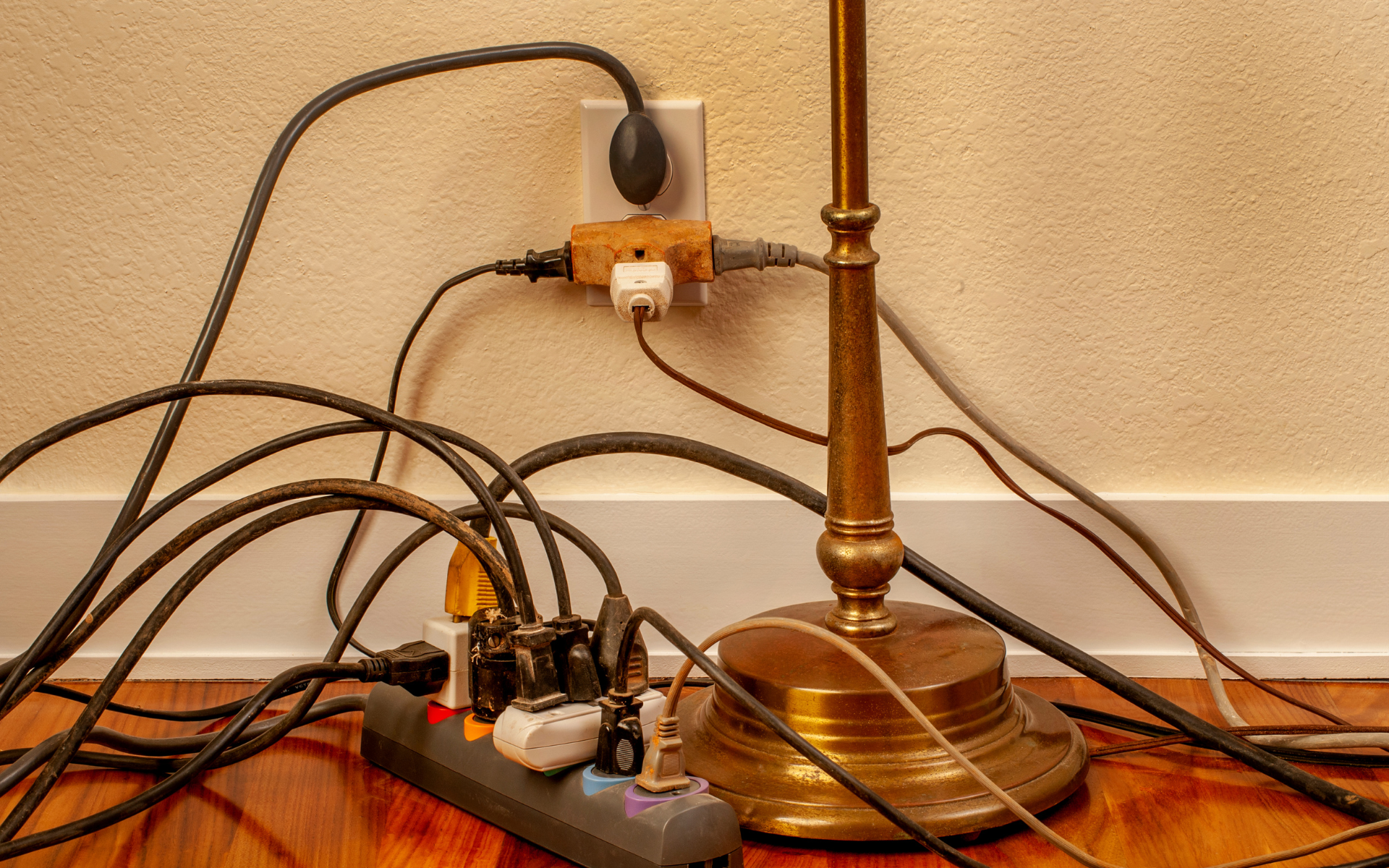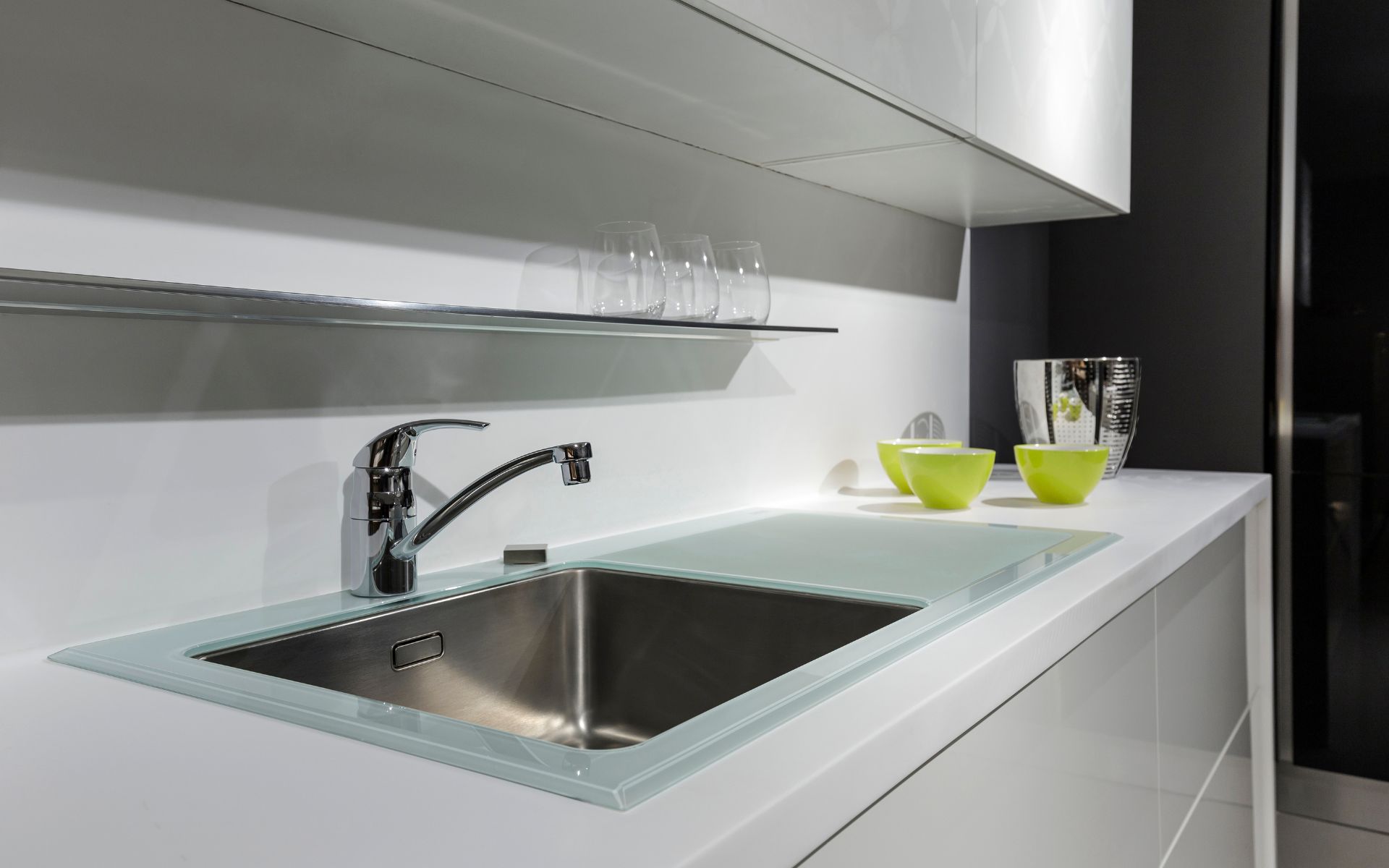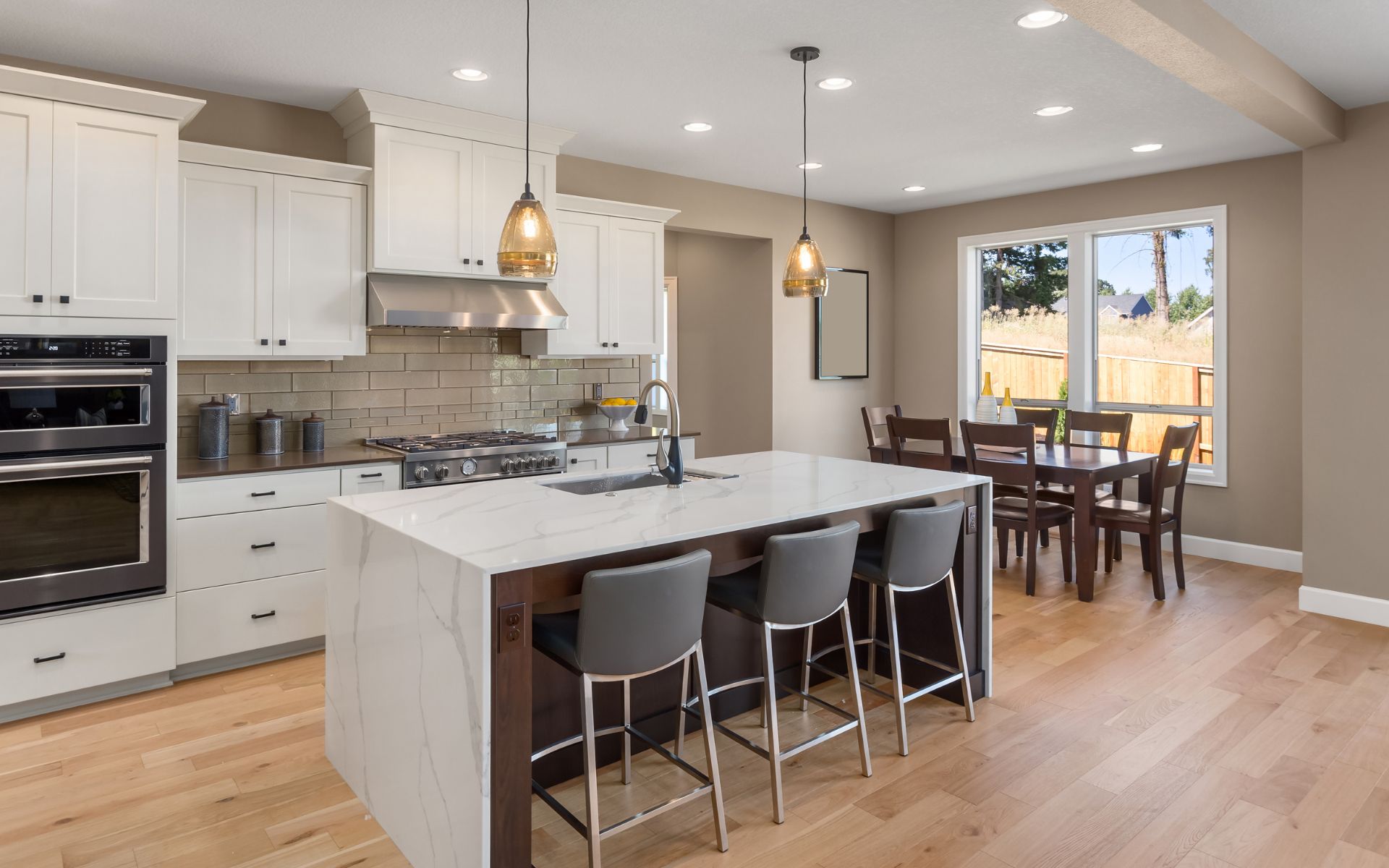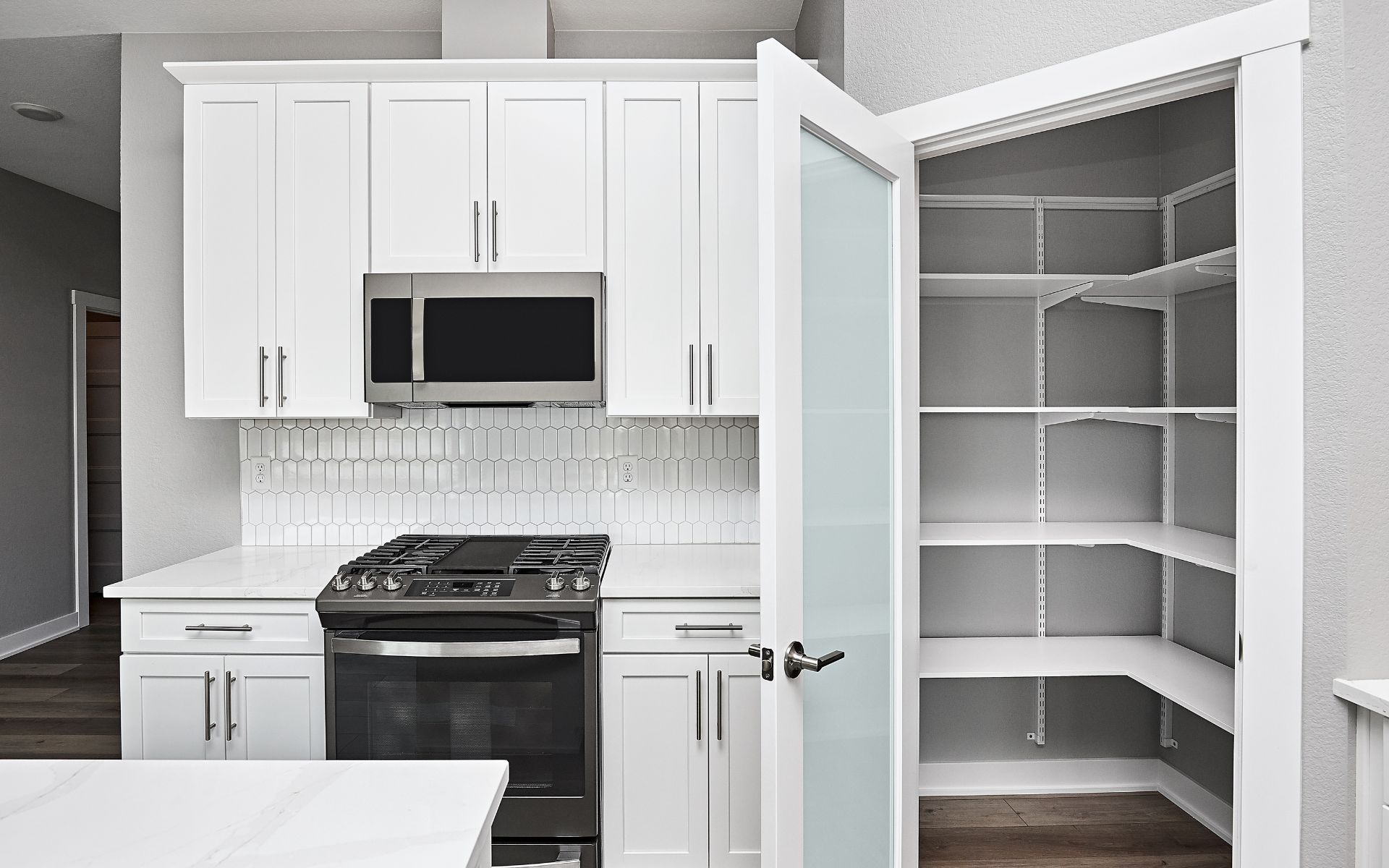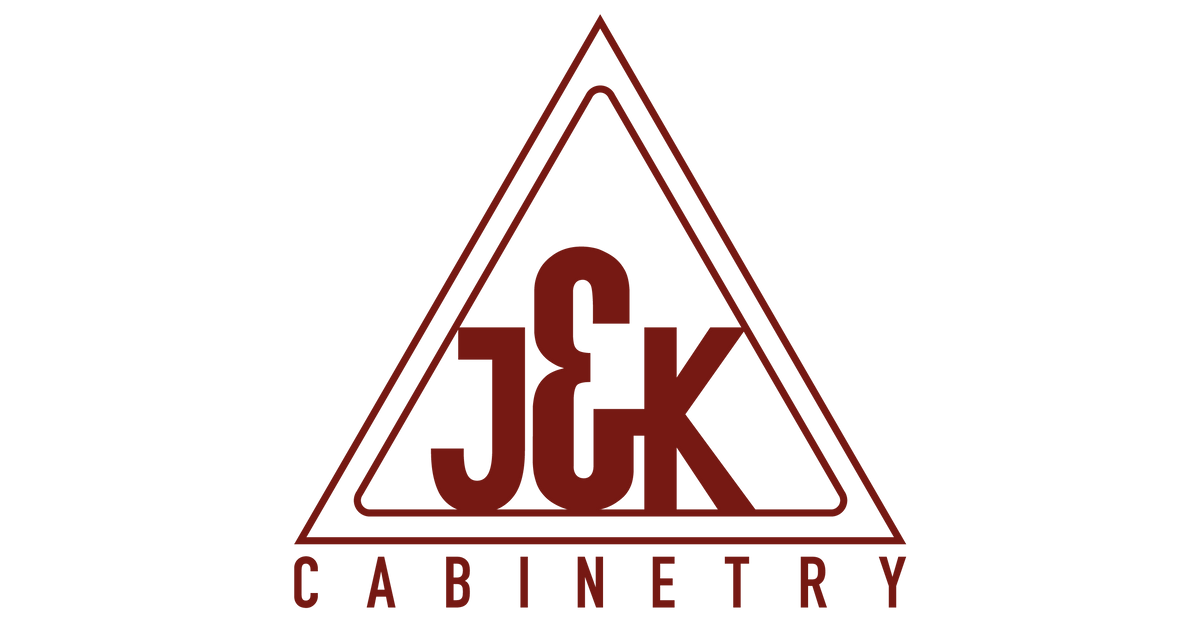Taking on do-it-yourself (DIY) improvement projects for your kitchen and bath can be an exciting way for amateur DIYers to upgrade their living space without hiring expensive contractors. However, without the right tools, research, or construction know-how, many DIY tasks lead to major mistakes, potentially hazardous situations, and unfinished disasters. If you’re worried about the DIY construction mistakes, knowing how to avoid them could help.
This article reveals the most common pitfalls amateur DIYers face when performing home construction and renovations without adequate preparation. Learn to avoid these frustrating errors so your next DIY endeavor runs smoothly from start to glorious finish!
1. Attempting Risky Projects Without Proper Equipment
Overeager DIYers regularly launch into ambitious demolition, electrical, tiling, and construction projects minus basic safeguards like protective goggles, sturdy boots, dust masks, and thick gloves. But safety equipment matters – errant debris, sparks, and heavy materials lead to minor cuts or lost digits, eye damage, lung irritation, and traumatic injuries without covering your bases protection-wise. Some home renovations even demand rigging scaffolding and harnesses for securing unstable elevated work environments.
Never attempt structural modifications sans proper permits or approved building plans either, unless you want the whole thing condemned to the ground afterward.
2. Ignoring Building Codes and Permits
In the rush to launch exciting remodeling endeavors, amateur DIYers also neglect vital steps like securing local permits, verifying zoning allowances, or checking evolving building codes. But outdated efforts backfire in failed inspections, stop work orders, and mandatory costly revisions.
Always check regulations applicable to each DIY project in your specific area early on – altering electrical lines, plumbing pipes, weight-bearing walls, or appliances without oversight can also violate safety codes and laws, risking fines alongside personal safety.
3. Clogging Pipes with Improper Drain Cleaners
Pouring department store drain cleaners down sluggish pipes seems like an easy amateur DIYer fix for gunky sinks and tubs, but these concentrated acidic formulas corrode pipes from the inside over time. Eventually erosion holes spring leaks causing water damage, mold, and major pipe repairs.
For regular maintenance, try a baking soda/vinegar treatment instead, but for severe stubborn clogs call professional plumbers to hydrojet blockages without damaging infrastructure.
4. Flooding Kitchens with Faulty Installations
Getting handy under the sink seems harmless enough when adding trendy touches like sleek new garbage disposals and hot water dispensers. But if your DIY plumbing skills prove lacking, hasty shoddy installations unleash leaks, electrical shorts, and ugly backups.
Spare your cabinets from moldy surprises – hire experienced plumbers for seamless kitchen appliance updates done right the first time. DIYing a kitchen renovation project seems like a good idea, but the lack of knowledge on such aspects can cost you more.
5. Contaminating Living Spaces by Compromising Waste Lines
Sewer gases smell nasty, but they also contain toxic hydrogen sulfide gas, methane buildup, and bacteria vectors waiting for the smallest plumbing crack to creep inside your living space. While snaking a simple drain clog seems harmless, the excess force can rupture pressurized sewer lines below floors and walls.
Before attempting household plumbing repairs, ensure your skills match the job complexity to avoid severe indoor contamination issues requiring major remediation efforts down the road.
6. Applying Drywall Over Damaged Existing Surfaces
In a rush, some amateur DIY drywallers slather joint compounds over damaged existing textures, cracks, or less-than-smooth surfaces attempting to cut corners. But this shortcut sets up failure down the road no matter how careful your taping and floating attempts are.
Uneven underlying surfaces telegraph every imperfection through fresh drywall no matter how thickly mud gets troweled on. Save yourself endless redos and cracking down the road by removing old materials entirely first.
7. Disturbing Hazardous Asbestos in Popcorn Ceilings
That dated cottage cheese ceiling texture contained cancer-causing asbestos in homes built before the 1980s. Assuming you successfully demo the material while wearing proper respiratory protection, its disposal also falls under hazardous waste guidelines.
Opting to seal old acoustic textures underneath new drywall seems wise, but even slight cracks or drilling later on still release dangerous fibers into living areas. Your best bet? Consult asbestos testing pros then leave removal to certified environmental crews.
8. Rushing Through Inadequate Preparation Stages
In a rush to complete an ambitious drywall DIY project, many amateur remodelers neglect vital preparation steps like cleaning surfaces, filling gaps, evening imperfections, applying adhesive primer coats, and properly prepping for texture. But glossing over these basics leads to cracks, peeling, uneven finishes, and frustration when your homemade drywall surfaces start falling apart at the seams.
Patience pays off – embrace every required step before mounting those sheets for flawless smooth walls that last.
9. Overloading Circuits with Improper Upgrades
Studies from Ohio State University Department of Physics show improper electrical installations cause over 20,000 home fires annually across the United States leading to disastrous damage according to fire data.
Electricity equals power, but overtaxed circuits spell disaster once max wattages are exceeded. Eager renovators often install excessive lighting, larger appliances, or additional outlets blindly without realizing the existing system capacities already teeter at the brink.
Upgrading an underpowered box to safely handle increased electrical demand requires professional assessments, new wiring, and breaker adjustments to avoid dangerous overloads, shorts, and fires.
10. Short-Circuiting Tangled or Exposed Wires
DIYers accustomed to the simple light switch and outlet replacements often hit snags when older homes reveal a horrifying rat king of tangled mystery cords capped with ancient faded, unlabeled wires behind each wall plate. Exposed wires get treated with more gorilla tape when they should signal the need for urgent replacement.
Don’t play guessing games with critical electrical infrastructure. Calling certified electricians to rewire and label every connection correctly prevents damaged appliances, equipment failure danger, or intolerable fire risks down the road.
11. Playing Fast and Loose with Critical Systems
Even switching basic light fixtures falls outside DIY skill levels if the amateur lacks knowledge of voltages, amps, watts, appropriate wiring gauges, junction termination points, safety protocols, and circuit capacities. One wrong crossed connection or improperly secured wire can short out an entire room.
Electrical DIY requires meticulous understanding – an electrician course first before ever touching tools to wires. Otherwise, play it 100% safe by leaving all electrical repairs, upgrades, and installations strictly to degreed professionals.
12. Forcing Ill-Fitting Materials into Place
Frustrated DIYers college try pounding, shoving, or awkwardly smashing sticks, panels, or fittings together trying futilely to make them cooperate as the “right sizes” seemingly evade big box stores. But quality materials properly cut and assembled needn’t devolve into cussing contests with blunt objects substituted for precision tools.
Measure twice, purchase once, and don’t force pieces where they refuse to fit. Embrace each build’s unique requirements rather than attacking from a one-sized DIY sledgehammer mindset calves bound for disappointment if success remains the actual goal.
13. Wrestling Against the Wrong Equipment
Similarly, many DIY construction battles pit woefully under-equipped amateurs against stubborn materials. Nowhere becomes this more obvious than demoing concrete, driving lag bolts, laying heavy paver bricks, mixing 60lb drywall bags, or chainsawing fallen trees with dinky household screwdrivers, rusty pliers, and your grandma’s fabric shears.
Don’t bring kindergarten safety scissors to defuse a bomb situation. Invest in suitable heavy-duty tools like concrete walk-behind saws, commercial mixers, nail guns, and earth augers to dominate building battles before lifting the first finger.
14. Compromising Structural Integrity with Flimsy Supplies
On a budget, DIYers understandably aim for the cheapest siding, particle board, PVC posts, thin plywood sheathing, and dubious quality fasteners hoping these supplies still perform once installed despite cutting concerns. Yet frequent problems emerge later on as inferior materials buckle, leak, crack, or outright crumble unable to withstand common environmental wear and tear.
Structural building elements in homes demand durable quality components. So cough up now for stronger materials or cough harder later repairing entirely predictable damage after flimsy options fail.
15. Replacing a Few Shingles Cannot Resolve Underlying Issues
After wild storms, many amateur DIYers clamber atop roofs with a bundle of shingles attempting to patch obvious holes where elements compromised waterproofing most clearly. But visible shingle damage usually indicates age, sun deterioration, essential seam failure, and fundamental integration loss present across the entire roofscape only waiting for the next leak pathway to emerge. Spot repairs generally prove pointless against systemic inevitable failure without full professional re-roofing.
16. Faulty Flashing and Poor Ventilation
Similarly, while missing shingles scream “water entry point!”, underlying issues like cracked flashing, compacted valley drains, sheathing height absence, and poor attic airflow Get ignored until rot and leaks reveal more extensive foreclosures.
Avoid cosmetic bandaids that mask without solving whole roof deficiencies allowing extensive damage to accumulate out of sight. Address all identified problems at once through holistic replacement approaches rather than playing yearly roof repair whack-a-mole.
17. Avoiding Professional Assessments of Compromised Roofs
According to the National Association of Home Builders (NAHB), do-it-yourself projects gone wrong due to lack of expertise account for over $10 billion in residential property damage annually across America.
Some damage is visible from the ground screaming for a replacement to avoid a full cave-in. But the most compromised roof areas often hide from street view while struggling homeowners discount subtle signs of deterioration falling through the cracks based on limited layperson knowledge.
If age or storm repairs require any roof work at all, invest in an overhead professional inspection detailing every deficiency in writing to inform urgent repairs, mediate insurance claims, and determine if full replacement marks the only long-term solution before further destruction compounds repair expenses exponentially. An expert overview now can save thousands later.
18. Rushing Demo Without Planning Footprint Changes
Ambitious renovators eager to gut cramped rooms or reconfigure layouts often impulsively smash down walls and tear up flooring without carefully plotting intended permanent structural changes first. But rash unchecked demolition destroying critical supports or isolation barriers risks catastrophic collapses endangering the entire home’s stability if alterations exceed approved footer and weight load capacities.
Map your remodel blueprint thoroughly accounting for all revised doorway headers, ceiling points, and shifted corner bearing requirements before unleashing irrevocable sledgehammer havoc without foresight. Plan then demolish rather than attacking blindly in the heat of DIY passion if everyone sleeping inside in hopes of seeing tomorrow too.
19. Mixing Chemicals Without Understanding Reactions
Eager but reactive amateur DIYers combine powerful drain cleaners, acid-based brick washes, and solvent-intensive paint strippers without researching chemistry or safe handling. Toxic chlorine gases sending neighbors to hospitals get released by mixing bleach with acid cleaners while heat-releasing polymerization from aggregating epoxies causes structural fires.
Understand reactivity, required protective equipment like gas masks and rubber gloves, plus neutralizing agents before blending any chemicals rather than learning safety protocols painfully through property damage and health consequences.
Final Thoughts
Major home construction and renovation projects demand substantial background mastery alongside the right tools before launching as a Solo DIY operator. Understand universal building methods and safety protocols through formal technical education sources, then ascertain your ability to correctly apply those principles across electrical, plumbing, gas, demolition, structural enhancement, and architectural modification scenarios without endangering personal safety or the household itself through ignorance.
Ambition admirably aims at stretched goals but wisdom recognizes inherent limitations. Factor honest self-appraisal into every DIY dream moving forward to anticipate where shouted expert guidance and hired professional hands serve the project better than intrepid but often naive lone-range attempts destined for disaster despite best intentions. The mission need not die but only adjust approach accounting for risks the committed but still amateur DIYer may overlook without a seasoned construction eye vetting plans.



